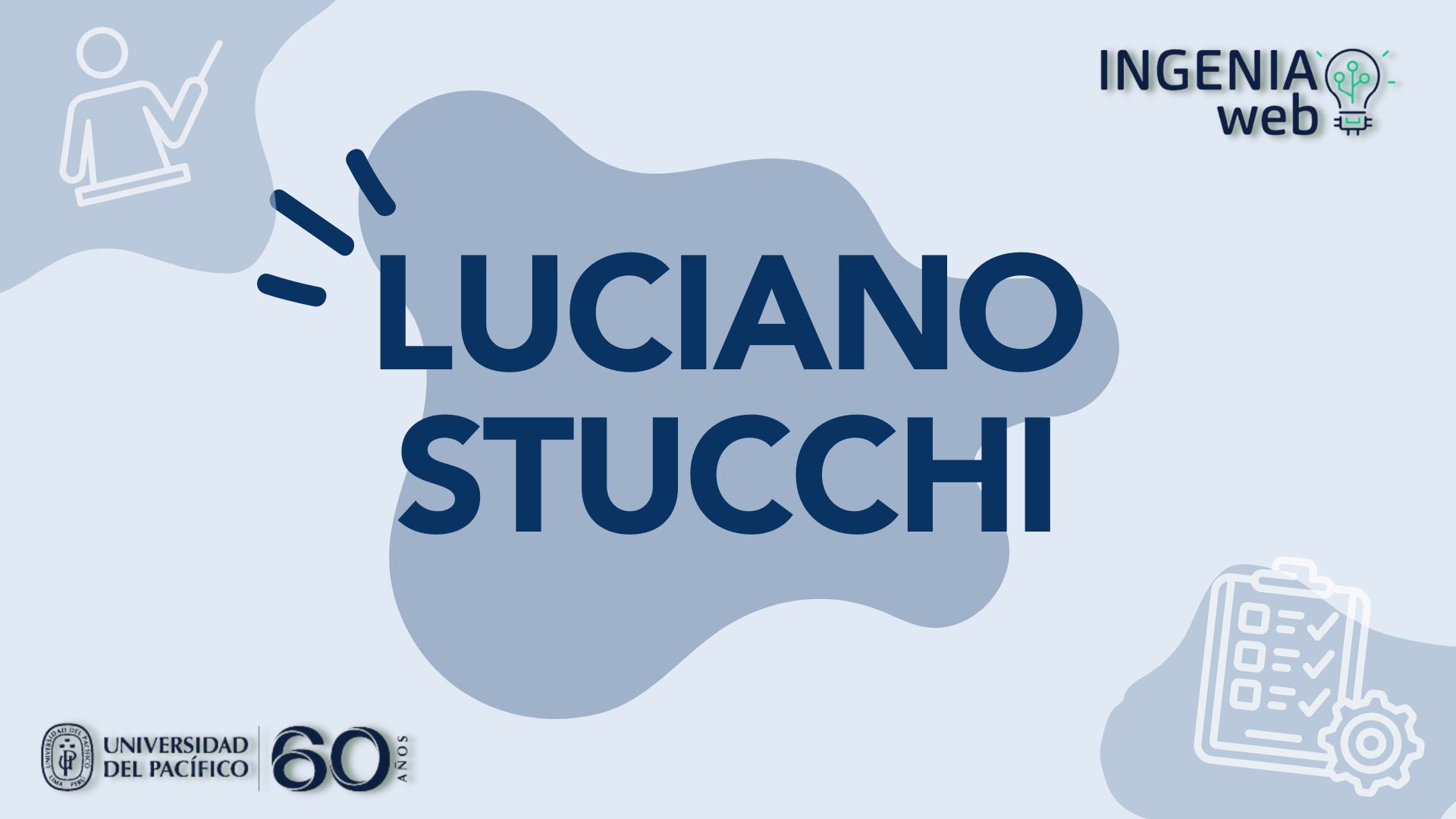Population dynamics has been modelled using differential equations almost since Malthus times, more than two centuries ago. Basic ingredients of population dynamics models are typically a growth rate, a saturation term in the form of Verhulst’s logistic brake, and a functional response accounting for interspecific interactions. However, intraspecific interactions are not usually included in the equations. The simplest models use linear terms to represent a simple picture of the nature; meanwhile, to represent more complex landscapes, it is necessary to include more terms with a higher order or that are analytically more complex. The problem to use a simpler or more complex model depends on many factors: mathematical, ecological, or computational. To address it, here we discuss a new model based on a previous logistic-mutualistic model. We have generalized the interspecific terms (for antagonistic and competitive relationships), and we have also included new polynomial terms to explain any intraspecific interaction. We show that, by adding simple intraspecific terms, new free-equilibrium solutions appear driving a much richer dynamics. These new solutions could represent more realistic ecological landscapes by including a new higher order term.
Dinámica de SistemasProyecto de Docentes
A General Model of Population Dynamics Accounting for Multiple Kinds of Interaction
- Docentes: Luciano Stucchi Portocarrero
